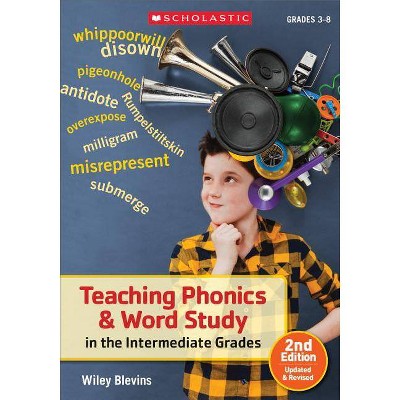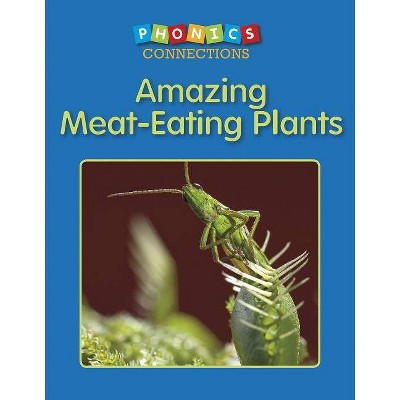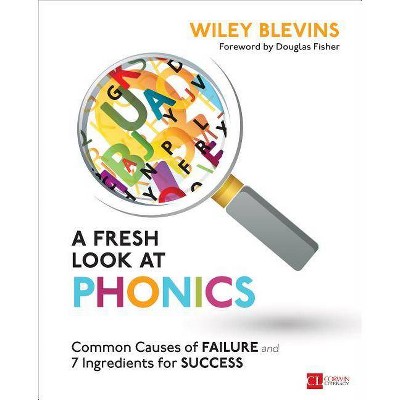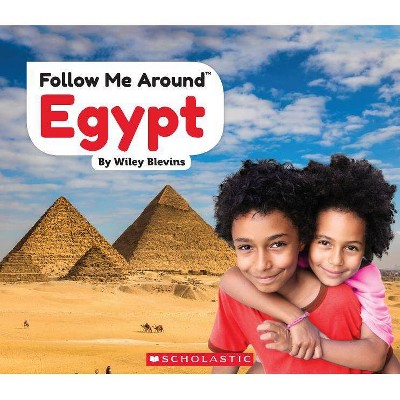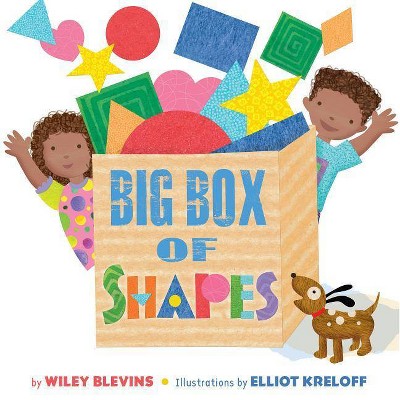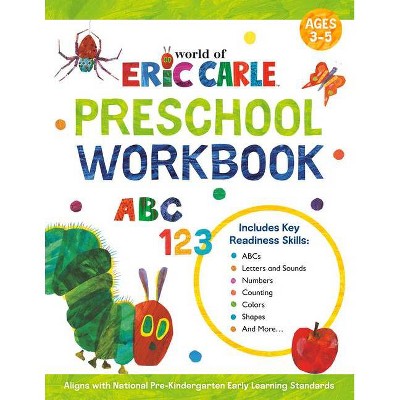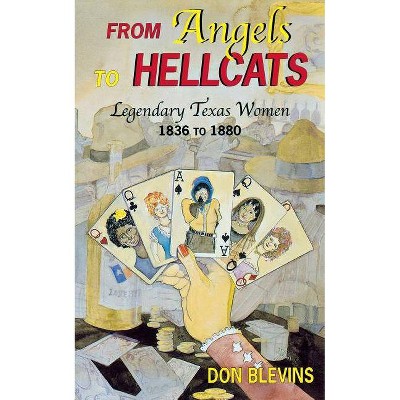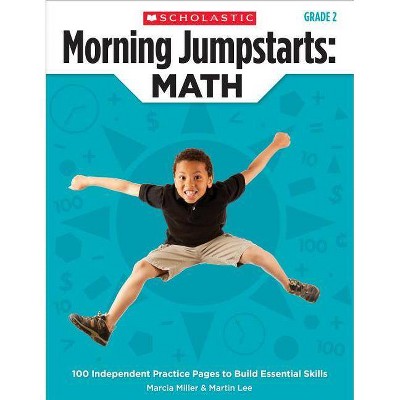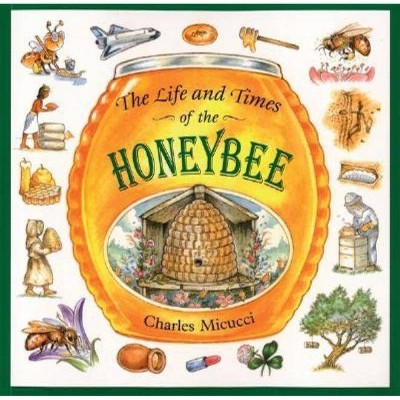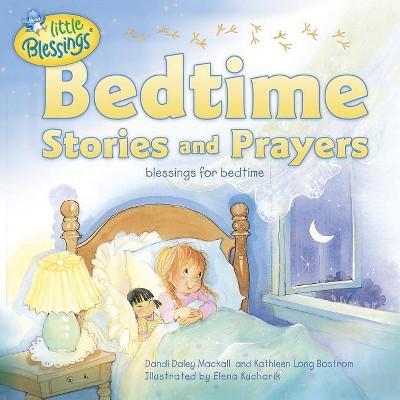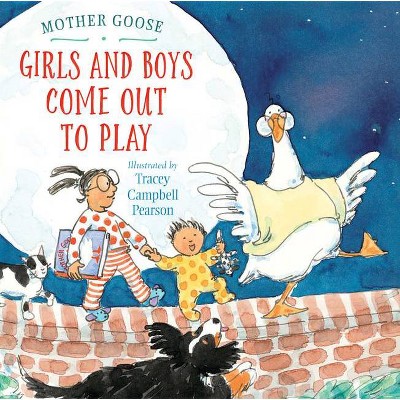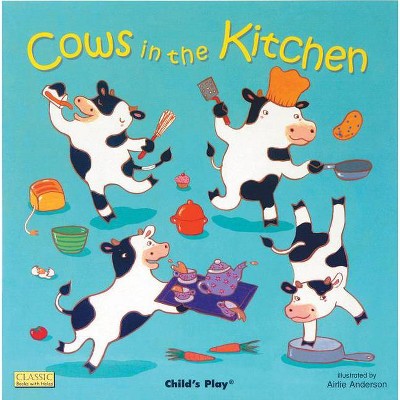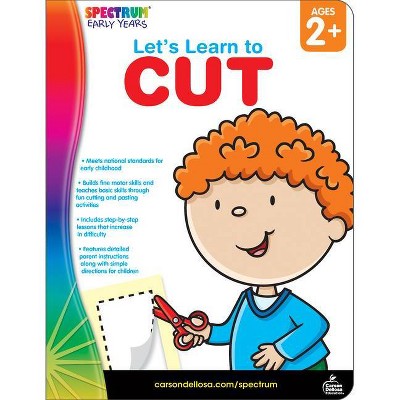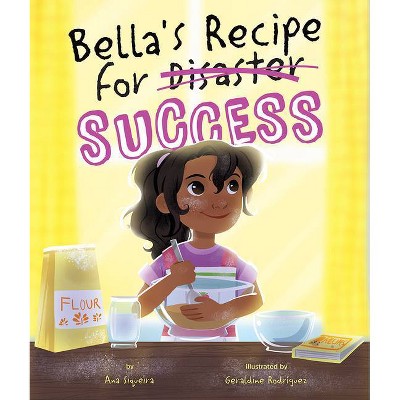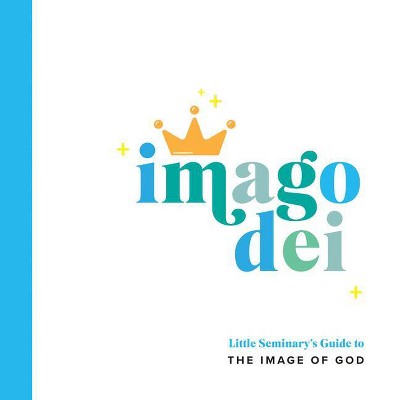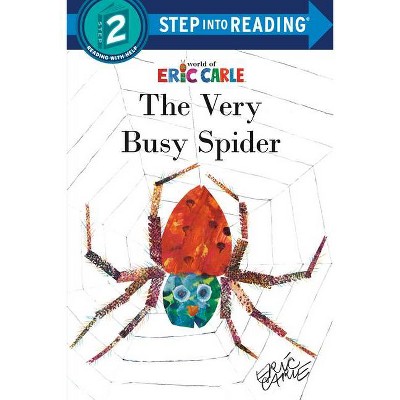Phonics from A to Z - 3rd Edition by Wiley Blevins (Paperback)
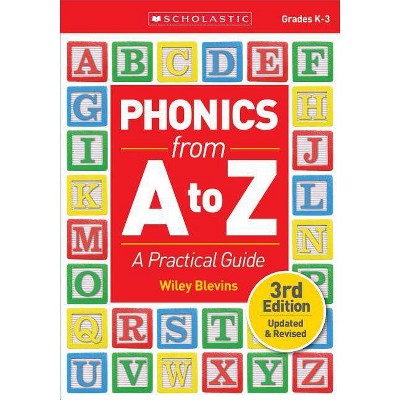
Similar Products
Products of same category from the store
AllProduct info
<p/><br></br><p><b> About the Book </b></p></br></br>Revised and updated edition of the best-selling classic on everything you ever wanted to know about teaching phonics, but were afraid to ask. Includes the latest brain research, 7 key characteristics of strong phonics instruction, instructional routines for accelerating student learning, and more.<p/><br></br><p><b> Book Synopsis </b></p></br></br>In this new edition of his best-selling classic, Wiley Blevins outlines the most recent brain research, 7 key characteristics of strong phonics instruction, and powerful instructional routines for accelerating student learning. Also includes special sections on meeting the needs of struggling readers and English language learners, speed drill forms, fluency tips, word sort and word building support, engaging lessons, word lists, games, learning center ideas, technology resources, and more.<p/><br></br><p><b> Review Quotes </b></p></br></br><br><p>"Children learn letter recognition through songs like the ""Alphabet Song"" sung to the tune of ""Twinkle, Twinkle, Little Star."" That's the easy part. To teach what sounds those letters make is the study of phonics the relationship between sounds and the written symbols. This can be the hard part because English is a confounding language. The consonants 'w' and 'y' can act as vowels in the words 'snow', 'fly' and 'happy.' The two-letter, one syllable word 'ox' has the three speech sounds of o-k-s. The letter 'q' sounds like the letter 'k' and is almost always followed by the letter 'u' which sounds like the letter 'w' as in 'queen' or 'quartz.' </p><p>Yet, all these queer and seemingly random letters create coherent words and not gibberish. The path to understanding words, writes celebrated reading specialist Wiley Blevins, is through sound. Hearing the sound that each letter makes on its own, and then in harmony with its surrounding letters, is how language, particularly reading language, is formed.</p><p>Educators who teach both letter and sound recognition offer children the best opportunity to crack the code and enjoy the majestic beauty of the English language, empowering them to become fluent speakers, readers, and writers. Blevins offers a comprehensive model for teaching those skills with this excellently crafted guide. The guide suggests age and grade appropriate reading books, a breakdown of the 44 sounds of English, high-frequency word lists, phonograms, compound words, homophones, common syllables, picture words, checklists, strategies, and resources. Blevins even includes Mouth Position Charts that depict how each letter is articulated with the mouth, lips, tongue and teeth. One thing that is missing from this otherwise outstanding work: a glossary.</p><p>For the formal and informal linguist (like me), this is a fascinating guide." --Melanie Gilbert <p/><i>Provided via Amazon Vine</i></p><br><br><p>"Fantastic phonics resource for elementary teachers and homeschoolers. This is a great option for homeschool mom's because it's comprehensive and inexpensive. It features sounds, letters and advice on creating lesson plans. I found it an easy resource to use even as a non-professional teacher. It's even a good resource for parents that just want to help their kids with their reading after school. Awesome book!" --Rhiana Jones, Blogger at Rhiana Reports <p/><i>Provided via Amazon Vine</i></p><br><br><p>"This book has been so helpful as a refresher for me after years of teaching. It is also a handy reference when I need it. Very well written and organized in a way that it is easy to find the specific phonic sounds you are looking for. A must have resource for your teacher resource shelf.</p><p>Most of my students have a strong background in phonics when they reach my 3rd grade class, but some do not and this book really helped me decide what interventions to use to help the students that need extra phonics instruction." --Ruthie <p/><i>Provided via Amazon Vine</i></p><br><br><p>"This book is a MUST read for every student in an Early Childhood or Elementary Education program or as a refresher course for teachers in grades PreK-3rd. This book is indeed a practical guide. It not only teaches phonics but provides lots of ideas for classroom implementation. There are word lists and sample lessons as well as games and assessments. One of my favorites is the Book Lists (alphabet books, short vowel books, long vowel books and more). Looking forward to using this book in tutoring next school year." --ReneeSuz <p/><i>Provided via Amazon Vine</i></p><br><p/><br></br><p><b> About the Author </b></p></br></br>Wiley Blevins, who holds an Ed.M. from Harvard, is an early reading specialist with a background in adaptive technology. He taught elementary school in both the United States and South America, and was Educational Director for both Scholastic and McGraw-Hill. Wiley has written and edited many phonics and reading materials, and is the author of Phonics From A to Z and Teaching Phonics & Word Study in the Intermediate Grades. He is also coauthor with Alice Boynton on several nonfiction professional resources, including Teaching Informational Text. In addition, Wiley writes trade books for children. He lives in New York City. For more information, go to wileyblevins.com.
Price History
Price Archive shows prices from various stores, lets you see history and find the cheapest. There is no actual sale on the website. For all support, inquiry and suggestion messagescommunication@pricearchive.us
